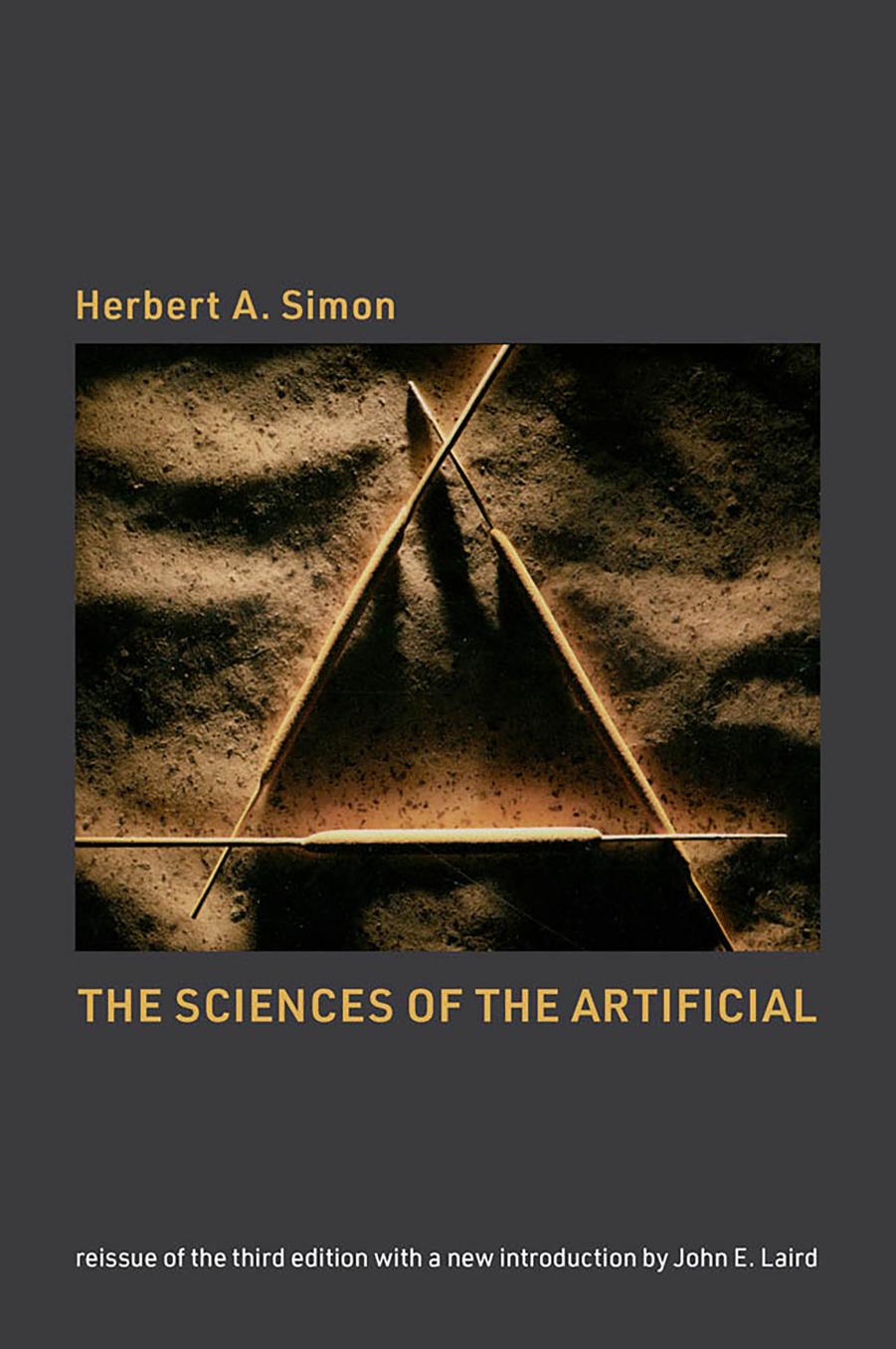The Sciences of the Artificial by Herbert A. Simon

Author:Herbert A. Simon [SPi]
Language: eng
Format: epub, pdf
ISBN: 9780262264495
Publisher: MIT Press
Published: 0101-01-01T00:00:00+00:00
The Logic of Design: Fixed Alternatives
We must start with some questions of logic.2 The natural sciences are concerned with how things are. Ordinary systems of logicâthe standard propositional and predicate calculi, sayâserve these sciences well. Since the concern of standard logic is with declarative statements, it is well suited for assertions about the world and for inferences from those assertions.
Design, on the other hand, is concerned with how things ought to be, with devising artifacts to attain goals. We might question whether the forms of reasoning that are appropriate to natural science are suitable also for design. One might well suppose that introduction of the verb âshouldâ may require additional rules of inference, or modification of the rules already imbedded in declarative logic.
2. I have treated the question of logical formalism for design at greater length in two earlier papers: âThe Logic of Rational Decision,â British Journal for the Philosophy of Science, 16(1965):169-186; and âThe Logic of Heuristic Decision Making,â in Nicholas Rescher (ed.), The Logic of Decision and Action (Pittsburgh: University of Pittsburgh Press, 1967), pp. 1-35. The present discussion is based on these two papers, which have been reprinted as chapters 3.1 and 3.2 in my Models of Discovery (Dordrecht: D. Reidel Pub. Co., 1977).
Paradoxes of Imperative Logic
Various âparadoxesâ have been constructed to demonstrate the need for a distinct logic of imperatives, or a normative, deontic logic. In ordinary logic from âDogs are petsâ and âCats are pets,â one can infer âDogs and cats are pets.â But from âDogs are pets,â âCats are pets,â and âYou should keep pets,â can one infer âYou should keep cats and dogsâ? And from âGive me needle and thread!â can one deduce, in analogy with declarative logic, âGive me needle or thread!â? Easily frustrated people would perhaps rather have neither needle nor thread than one without the other, and peace-loving people, neither cats nor dogs, rather than both.
As a response to these challenges of apparent paradox, there have been developed a number of constructions of modal logic for handling âshoulds,â âshalts,â and âoughtsâ of various kinds. I think it is fair to say that none of these systems has been sufficiently developed or sufficiently widely applied to demonstrate that it is adequate to handle the logical requirements of the process of design.
Fortunately, such a demonstration is really not essential, for it can be shown that the requirements of design can be met fully by a modest adaptation of ordinary declarative logic. Thus a special logic of imperatives is unnecessary.
I should like to underline the word âunnecessary,â which does not mean âimpossible.â Modal logics can be shown to exist in the same way that giraffes canânamely, by exhibiting some of them. The question is not whether they exist, but whether they are needed for, or even useful for, design.
Reduction to Declarative Logic
The easiest way to discover what kinds of logic are needed for design is to examine what kinds of logic designers use when they are being careful about their reasoning. Now there
Download
The Sciences of the Artificial by Herbert A. Simon.pdf
This site does not store any files on its server. We only index and link to content provided by other sites. Please contact the content providers to delete copyright contents if any and email us, we'll remove relevant links or contents immediately.
Kathy Andrews Collection by Kathy Andrews(10524)
The remains of the day by Kazuo Ishiguro(7557)
Spare by Prince Harry The Duke of Sussex(4202)
Paper Towns by Green John(4171)
The Body: A Guide for Occupants by Bill Bryson(3803)
Be in a Treehouse by Pete Nelson(3216)
Harry Potter and the Goblet Of Fire by J.K. Rowling(3051)
Goodbye Paradise(2966)
Never by Ken Follett(2887)
Into Thin Air by Jon Krakauer(2704)
The Remains of the Day by Kazuo Ishiguro(2621)
The Genius of Japanese Carpentry by Azby Brown(2610)
The Cellar by Natasha Preston(2596)
Drawing Shortcuts: Developing Quick Drawing Skills Using Today's Technology by Leggitt Jim(2532)
120 Days of Sodom by Marquis de Sade(2441)
Architecture 101 by Nicole Bridge(2353)
The Man Who Died Twice by Richard Osman(2301)
Machine Learning at Scale with H2O by Gregory Keys | David Whiting(2295)
Fairy Tale by Stephen King(2073)
